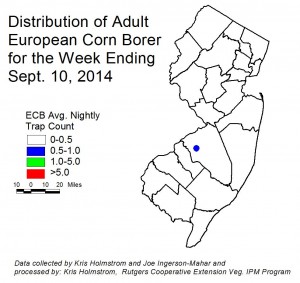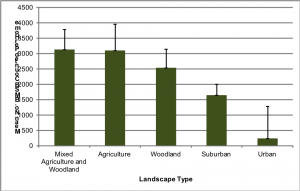Friday, September 19th
12:00 noon to 1:00 pmJoin Annie’s Project NJ for a free one hour webinar focusing on:
- Food Safety Modernization Act Update
- NJ Department of Health regulations
- Results of on-going NJ farm food safety related sampling
- Evaluating food safety risks and developing standard operating procedures
Pre-registration is required online. All pre-registrants will automatically receive a link to the recording afterwards.



